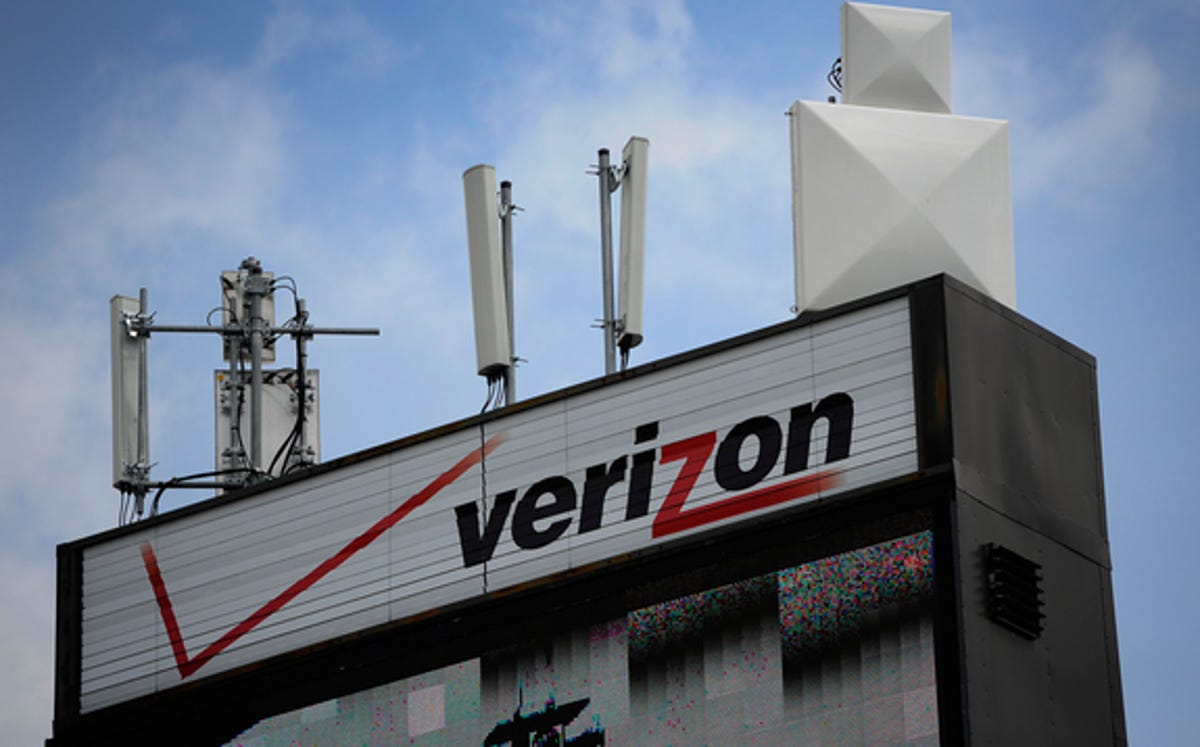
Verizon
Verizon will take its new mobile video service for a test drive on its 4G wireless network at the Indy 500 this weekend.
The company said Wednesday that it will be testing the multicast protocol and technology for distributing the video on its commercial 4G LTE network in Indianapolis during the Indy 500 car race. The race will be broadcast live over Verizon’s LTE network along with footage from inside some race cars and along the track. The test is another milestone in the development of Verizon’s mobile video service.
The company first demonstrated LTE Multicast at the Consumer Electronics Show in 2013, and it followed up with a live demonstration at the Super Bowl in February of this year. In addition to the Indy 500 this weekend, Verizon said it will use LTE Multicast at other IndyCar events later this year. Verizon is a sponsor of the IndySeries races.
The purpose of the multicast technology is to offer Verizon a way to distribute video to large numbers of people over its wireless network. Multicast is a more efficient way to distribute video since the same video feed can be pushed out to multiple smartphones and tablets at the same time rather than streaming it for each device that requests it. In this way, it’s more like broadcast TV, which transmits one feed to many devices, rather than the one-to-one relationship of traditional cellular services.
Verizon says that not only is multicast more efficient, but it also provides a better quality video. The way Verizon’s service works is that multicast technology allows the company to set aside a specific channel of spectrum that can be assigned to deliver the video to devices.
Verizon sees providing live TV and video as an important part of its mobile strategy. But developing such a service has been tried before without much success. Qualcomm shut down its broadcast TV service MediaFlo soon after its launch. And the company ended up selling all the spectrum it had used to build the broadcast network. Other mobile TV services also have had lackluster success, including the broadcast TV industry’s latest attempts to transmit their signals to mobile devices.
But Verizon and other wireless carriers, such as AT&T, see an opportunity to deliver live video content. And the multicast technology is the only way the companies may be able to offer such services on a large scale without overwhelming their wireless networks and ensuring high-quality streams.
Verizon has already started lining up media partners for its service, including the NFL’s new digital network, NFL Now.
Verizon is still in the testing phase of the service. And it does have some limitations. For instance, it only works with multicast-enabled handsets and devices. For Verizon’s test Sunday, the service will only work with enhanced Samsung Galaxy Note 3 smartphones and a few demo tablets with embedded multicast chips and firmware.



